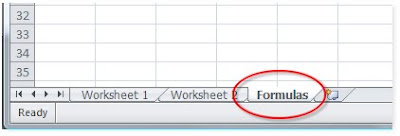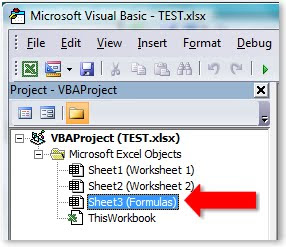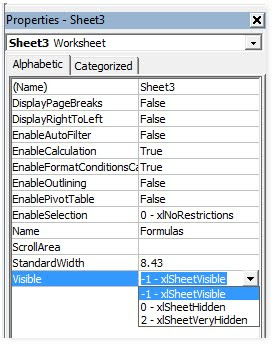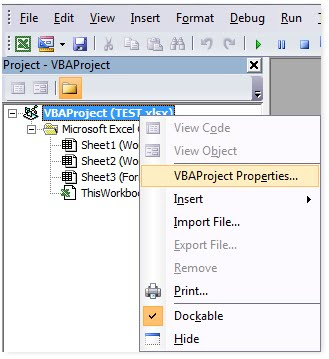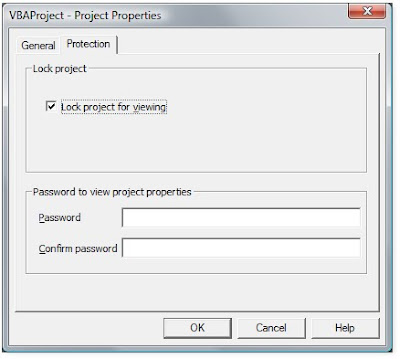Twitter Hire #1
I posted my first requirement for a .Net developer and (I’d have to check my Twitter diary to be certain…and yes, I kept one…stop laughing. No, seriously. Stop.) waited for any sign of life on the other end. It seemed like 17 minutes went by (again, that’s in the diary) and then finally, someone RT’d (“retweeted” for all you newbies) my Tweet. “Holy crap!,” I thought, “This is working.”
Eventually, I had several people retweeting my post that day and by the end of the day, I had five referrals, three interviews, and…wouldn’t you know it…a placement…with a great .Net talent I never would have known otherwise. This is when I started to really believe in the power of Twitter. The fact that this candidate saw my Tweet because someone I didn’t know reposted it blew my mind. I was addicted. So addicted now, in fact, that even as I write this blog post, I am Tweeting about it…well, that and how my dog smells like corn chips.
Twitter Hire #2
My second placement happened much like the first one. I had a position come in that I was on the fence about – partially because I was slammed…and partially because I’m a dev-loving snob (this position was infrastructure…ick!). In any event, I updated my Twitter followers on my newest need and it got retweeted several times. I’ve found it helps to ask for a Tweet to be retweeted but more on this in a second. This was position was slower to fill (it was a “purple squirrel”) but about a week or so after I posted it, I got a message from a candidate (and now Kforce contractor) that was interested.
It seemed he had just been laid off unexpectedly and was now on the market…and was just the purple squirrel I thought I’d never (ever, ever) find. He emailed me his resume and within four hours we had him driving up to Jacksonville from South Florida to interview face to face. He received an offer a day later and he started work the following Wednesday. This was a particular success for me because he was an out of area candidate that I would have never met otherwise, he was one of very few that had his skill set, and it was a perfect match with a brand new client (that coincidentally, came from a Twitter lead). @OrlandoTechNuts was feeling pretty darn good about herself at this point.
Twitter Hire #3
My most recent placement is the one that gets me most excited. I had been recruiting (or stalking) this candidate for about a month (at least!). He was absolutely dead on for a position I was working on (again with a new client) and for some crazy reason, he would not answer his phone, and he would not return my hundreds of voicemails and emails. I briefly contemplated showing up at his house but I was advised against it (seriously…or not). I had just about given up on this candidate (apparently he was too good for me) when I got a direct message on Twitter about a job I had tweeted.
My contact had a friend that was looking and was looking for a reputable recruiter to work with and he saw the RT of my position. He was interested. Well, wouldn’t you know if that the candidate that was interested was the very same candidate that I had been chasing down and losing sleep over (yes, I get very involved in my job). Looks like @OrlandoTechNuts now had the upper hand. For a moment, I thought about acting like I was a jilted ex-girlfriend and not calling him back…but, I am a recruiter. We’ll always call back. Long story short, he FINALLY answered his phone when I called and we got him a job (and a great one!) within two weeks.
Twitter Hire #4 is in the Works!
Stay tuned! I’m very close to getting my fourth Twitter hire in the next week. Assuming our client doesn’t go MIA (again…gotta love that, right recruiters?), I should have another great dev talent working very soon. Like the others, this was a guy that I had never met, nor probably would ever meet, because he is a passive channel candidate and not on the boards…and frankly, he wasn’t too keen on recruiters (until @OrlandoTechNuts got to him, that is!).
Following the right people (and having the right people follow you) along with tweeting relevant information is a great way to build your credibility and it can effectively separate you from the hundreds of other recruiters out there – that is what really helped move this potential hire along.
How to Use Twitter in Recruiting
I look back now and kick myself for not being open to Twitter sooner. It took a while to get Kforce onboard and unblock it for me but once I got going, I was not going to stop. Twitter has become such an integral part of my every day life (even outside of work) and I’m not sure what I’d do or how I’d effectively recruit without it at this point. Sure, I’d manage (after all, David Dunkel didn’t have Twitter and somehow he managed to do ok), but I would not be able to touch nearly as many people and connect with my community as deeply as I have.
Your use of Twitter needs to be approached like any other aspect of recruiting or sales. It is a long term investment and you really have to care to grow and develop your relationships. One of the most common concerns I hear from candidates is that recruiters seem to be all about instant gratification. They tend to view talent as a commodity and lose sight of the fact that they are working with people. The relationship is not important and there is a strong need to take your “kill” back to the den as quickly as possible.
If you go into it (it being Twitter, in this case) thinking, “What am I going to get out of this and how soon?” you might as well stop now. Chances are you aren’t going to walk away with an immediate “reward”. I think the majority of my success has stemmed from actually caring about the connections I make and what is going on in my (IT) community.
I try my best to contribute daily (and this time I’m not referring to my Tweets about my smelly dog) and demonstrate that I am very much invested in my community. It never hurts to be engaging. Ask questions, respond to Tweets that interest you, and basically, take an active interest in what your fellow Twitter folk are doing. It has to be more than just posting a job opening you have. It never hurts to RT other people’s Tweets, either. That goes a long way.
Now, when you do decide to Tweet your positions, make sure those Tweets count. Make sure you don’t use all 140 characters (that is a pain to RT…and I learned that the hard way in the beginning) and if you want others to RT your positions, ask for it. I always do and people are more than willing to oblige.
Of course there is also the risk that Twitter can drain all of your time, but so far, even though I heavily rely on it, that really hasn’t been an issue. I do keep it up all day at work…and on my phone…but I check it once an hour or so to see if there is anything relevant I can comment on (or occasionally heckle some of my dev friends) and then I post something as I feel like it. I’d say if you added up the collective amount of time I spend tweeting, it is around an hour or so per day. Considering that I’m a full time recruiter who works about 60+ hours a week, that’s a relatively small investment and the rewards have been huge…plus you make some pretty interesting friends along the way.
Final Thoughts
At the end of the day, I really don’t think there is just one way to leverage Twitter successfully. My experience was very much trial and error and so far, I’ve managed pretty well (other than making a few rookie errors). Like anything, stick to the basics. Remember that relationships are king and you can’t make a withdrawal if you never make a deposit. If you keep this in mind as you Tweet, I promise you will be right on track to make 3 hires in 6 weeks using Twitter too. Trust me. After all, I am always (almost) right.
About the Author
Megan Hopkins is a senior technical recruiter working for Kforce in Orlando. She specializes in recruiting .Net developers and is very active in the Microsoft development community, regularly attending events such as Orlando.Net User Group and the Tampa ASP.Net MVC Developer User Group at Microsoft - she’s also the exclusive sponsor of these groups and several more.
